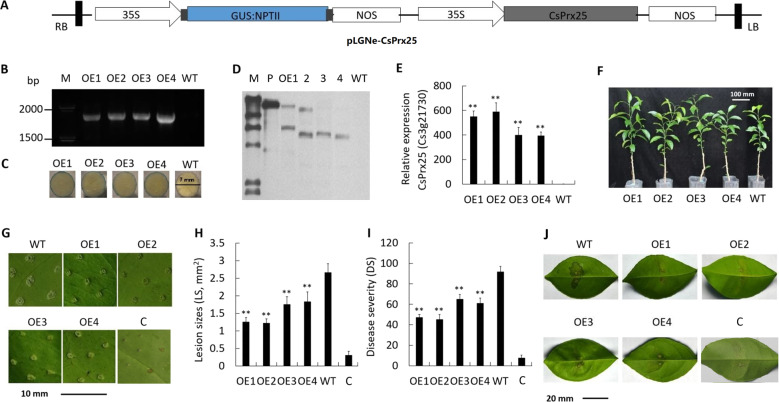Fig. 3. The overexpression of CsPrx25 in sweet orange confers CBC resistance.
a Structure of the pLGNe-CsPrx25 plasmid used for the overexpression assays. b Validation of the transgenic plants by PCR. c Confirmation of the transgenic lines by the GUS assay (diameter of leaf discs: 7 mm). d Southern blot of transgenic and WT lines. P: pLGNe-CsPrx25 plasmid. Exposure period: 1 h. e CsPrx25 expression assessed by qRT-PCR with CsActin as an internal control. f Transgenic lines and their phenotypes. Scale bar: 100 mm. g The symptoms of OE and WT plants inoculated with Xcc were assessed and imaged at 10 dpi. Scale bar: 10 mm. Lesion size (LS) h and disease severity (DS) i of the OE and WT plants at 10 dpi. In e, h, i, the data were normalized to the data from the WT plants and compared using Tukey’s HSD test (P = 0.05, n = 3). j Infiltration assays for measuring CBC resistance. Xcc was found to induce disease-related symptoms after 10 dpi. Scale bar: 20 mm. In g–j, OE1–4 represent the four transgenic Wangjincheng plants; WT and C represent the wild-type Wanjincheng and Calamondin plants, respectively

